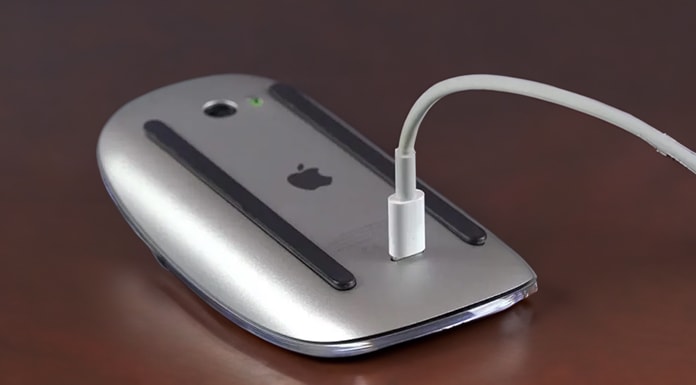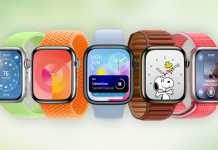Apple is phasing out its proprietary Lightning port and adopting the industry-standard USB-C connector across its product lineup, starting with the new iPhone 15 series. According to a recent report by Bloomberg’s Mark Gurman, Apple plans to switch to USB-C charging for its Magic Mouse, Magic Trackpad, and Magic Keyboard accessories when the next iMac desktop computer is launched.

The changeover to USB-C will bring Apple’s accessories in line with its latest MacBook laptops and iPad tablets, which already feature the more versatile USB-C port for charging, data transfer, and video output. Apple’s own Lightning cable has been in use since 2012, when it was introduced with the iPhone 5. However, Lightning is now seen as outdated, with USB-C offering faster charging speeds and support for advanced functionality.
Gurman’s report indicates that after the launch of the USB-C accessories alongside the next iMac, Apple will update its AirPods and AirPods Max headphones to replace Lightning with USB-C in 2024. The recently announced AirPods Pro 2 is Apple’s first headphone model to adopt USB-C charging right out of the gate.
The biggest change coming is the switch to USB-C iPhones, starting with the iPhone 15 line expected later this year. After years of sticking with Lightning, Apple will finally transition to USB-C charging and connectivity on its flagship iPhones to comply with looming EU regulations mandating a common charger standard. The iPhone 15 models will be Apple’s first handsets to offer USB-C charging and syncing.
While the USB-C transition will simplify connections for consumers, some Apple accessories are expected to keep the Lightning port for now. According to Gurman, accessories such as the MagSafe Battery Pack may stick with Lightning for the foreseeable future. In the long run, Apple is working on fully wireless charging technologies that could remove ports entirely from its mobile devices.
Analysts view Apple’s move to USB-C as a necessary step to streamline manufacturing and avoid regulatory scrutiny. The EU’s push for a common charger makes Lightning’s days seem numbered. By gradually transitioning devices like AirPods and Magic accessories first, Apple can iron out any issues before bringing USB-C to iPhones, which make up over half of its revenues.
In addition to convenience for consumers, the USB-C transition offers Apple potential cost savings down the road. Switching to a standard port across all devices could reduce costs associated with supporting two distinct ports and cables. For now, Apple will sell both Lightning and USB-C cables and adapters to support new and legacy devices during the transition period.




